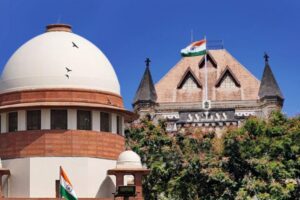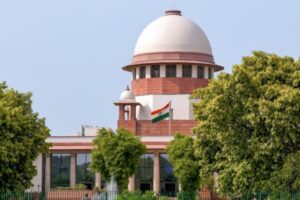
The Supreme Court on Tuesday (August 6) dismissed a plea seeking centre-wise data on the clinical trial of the anti-diarrhea vaccine Rotavac.
The Court ruled that it cannot sit in appeal over the decision made by an expert committee regarding the issue.
Rotavac, a rotavirus vaccine, claims to protect children from viruses that are a leading cause of severe diarrhea.
A bench of Justices B.R. Gavai and K.V. Viswanathan issued the order while hearing a plea requesting directions for the Centre and others to make public the “segregated data” from the third phase of the Rotavac clinical trial, which involved 6,799 infants.
The plea had stated that trials were conducted at three centres in Delhi, Pune, and Vellore to evaluate the vaccine’s safety and efficacy. It argued that the data should have been reviewed by the National Technical Advisory Group on Immunization (NTAGI) in the public interest, but such data remains undisclosed even to this apex body.
The bench observed, “How can we sit in appeal over the decision of an expert committee?” The bench emphasized, “We will not sit in appeal over the decision of the NTAGI.”
Advocate Prashant Bhushan, representing the petitioner, questioned, “What is the harm in the release of this data?” In response, an advocate representing one of the respondents claimed that the petition was “half-baked” and that the petitioner had not conducted proper research before approaching the apex court with a public interest litigation (PIL) on the matter.
The bench concluded, “Thank you. Dismissed.”
In July 2016, the Supreme Court had sought responses from the Centre and others regarding the PIL, which argued that the segregated data was crucial for assessing whether the vaccine was safe across different areas or if certain groups were more “susceptible to adverse effects.”
The Court had also sought directions for the Centre and others to provide the petitioner with complete segregated results from the Rotavac clinical trial conducted at all three centres, including the number of intussusceptions observed during the two-year trial period at each centre.




